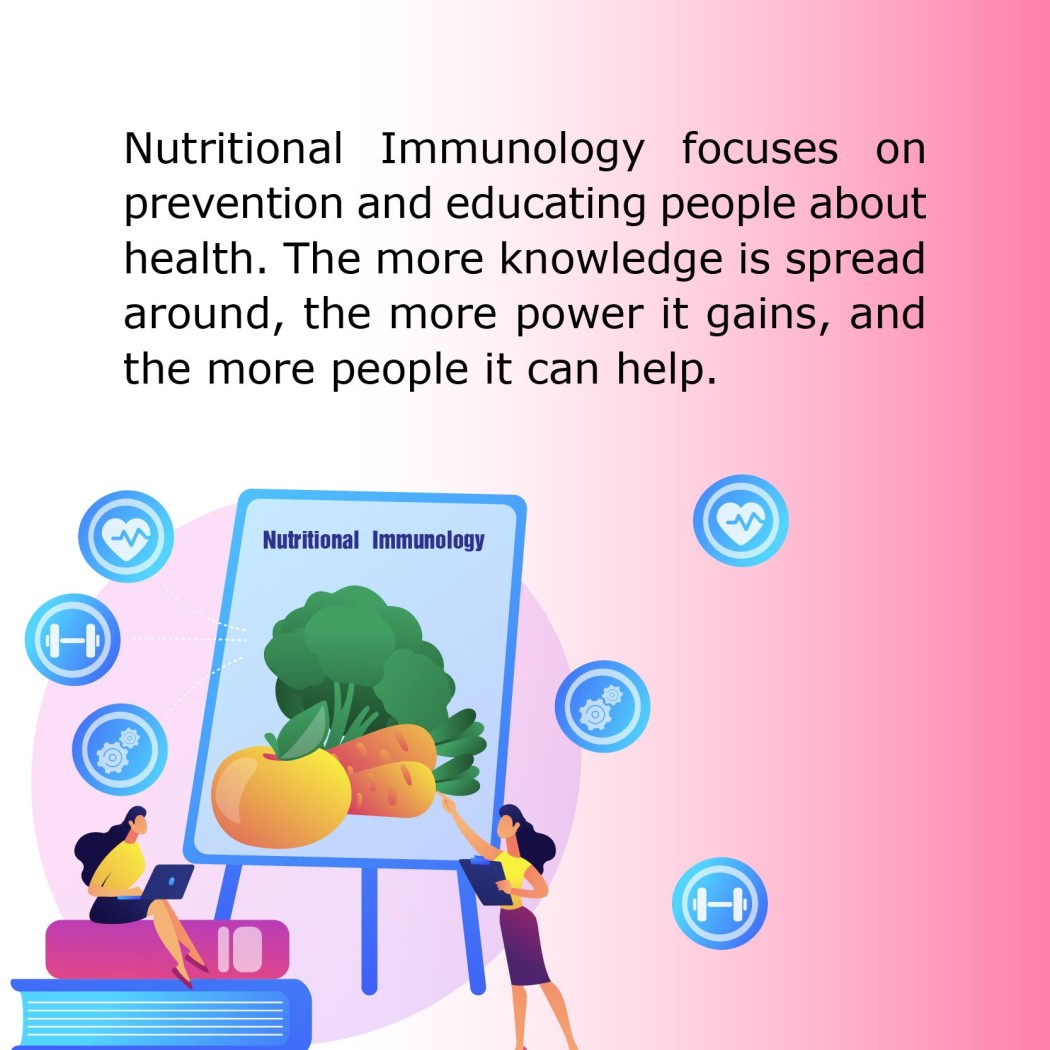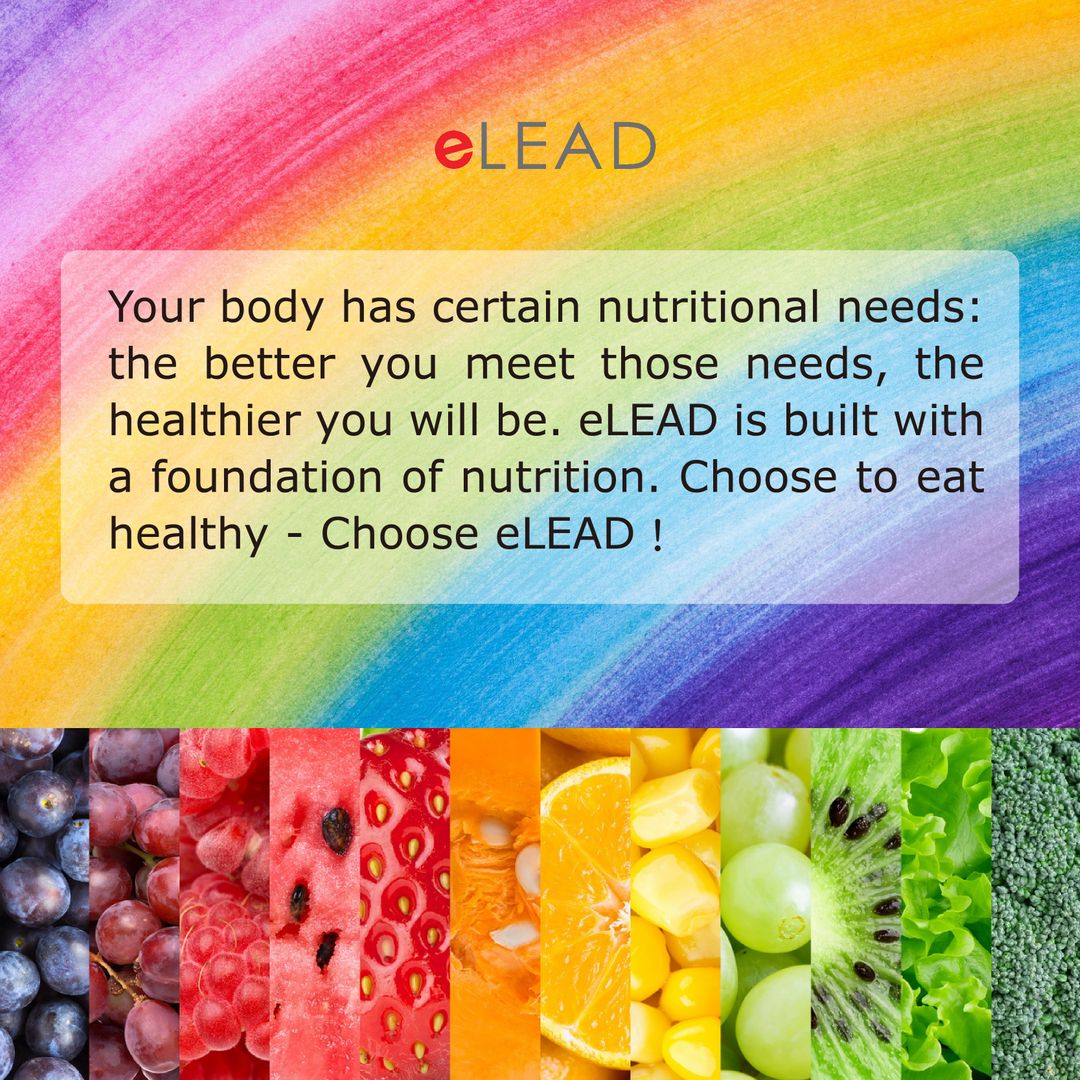
In today’s fast-paced world, maintaining a balanced and nutritious diet can seem challenging. However, the concept of the Healthy Eating Plate offers a simple and effective visual guide to help you make informed food choices and create balanced meals. Developed by nutrition experts, this model emphasizes the proportions and types of foods that contribute to optimal health. Let’s explore what the Healthy Eating Plate entails and how you can incorporate its principles into your daily life.![]() What is the Healthy Eating Plate?
What is the Healthy Eating Plate? ![]()
The Healthy Eating Plate is a visual tool designed to guide individuals in creating well-balanced meals that promote health and longevity. It serves as a practical guide to help individuals make healthier food choices by focusing on nutrient-rich foods and appropriate portion sizes. The plate is divided into sections representing different food categories, each playing a vital role in overall health and well-being.![]() Components of the Healthy Eating Plate
Components of the Healthy Eating Plate ![]()
The Healthy Eating Plate is typically divided into five main sections, each representing a different food group. Here’s a breakdown of each component:![]() Vegetables and Fruits: ½ of Your Plate:
Vegetables and Fruits: ½ of Your Plate:![]() 𝐕𝐞𝐠𝐞𝐭𝐚𝐛𝐥𝐞𝐬: Aim for a colorful assortment of vegetables to ensure a wide range of nutrients. Include dark leafy greens, reds, yellows, and oranges. Vegetables are rich in vitamins, minerals, fiber, and antioxidants, which are essential for maintaining good health and preventing chronic diseases.
𝐕𝐞𝐠𝐞𝐭𝐚𝐛𝐥𝐞𝐬: Aim for a colorful assortment of vegetables to ensure a wide range of nutrients. Include dark leafy greens, reds, yellows, and oranges. Vegetables are rich in vitamins, minerals, fiber, and antioxidants, which are essential for maintaining good health and preventing chronic diseases.![]() 𝐅𝐫𝐮𝐢𝐭𝐬: Opt for whole fruits over fruit juices to maximize fiber intake and minimize added sugars. Fruits provide essential nutrients, natural sugars, and fiber.
𝐅𝐫𝐮𝐢𝐭𝐬: Opt for whole fruits over fruit juices to maximize fiber intake and minimize added sugars. Fruits provide essential nutrients, natural sugars, and fiber.![]() Whole Grains: ¼ of Your Plate :
Whole Grains: ¼ of Your Plate :
Whole grains such as brown rice, quinoa, whole wheat bread, and oats are rich in fiber, B vitamins, and essential minerals. They help maintain steady blood sugar levels, support digestive health, and provide sustained energy.![]() Healthy Proteins: ¼ of Your Plate:
Healthy Proteins: ¼ of Your Plate:
Opt for a variety of protein-rich foods, including:![]() 𝐋𝐞𝐚𝐧 𝐌𝐞𝐚𝐭𝐬: Such as poultry and fish.
𝐋𝐞𝐚𝐧 𝐌𝐞𝐚𝐭𝐬: Such as poultry and fish.![]() 𝐏𝐥𝐚𝐧𝐭-𝐁𝐚𝐬𝐞𝐝 𝐏𝐫𝐨𝐭𝐞𝐢𝐧𝐬: Including beans, lentils, tofu, and tempeh.
𝐏𝐥𝐚𝐧𝐭-𝐁𝐚𝐬𝐞𝐝 𝐏𝐫𝐨𝐭𝐞𝐢𝐧𝐬: Including beans, lentils, tofu, and tempeh.![]() 𝐍𝐮𝐭𝐬 𝐚𝐧𝐝 𝐒𝐞𝐞𝐝𝐬: Provide healthy fats and protein.
𝐍𝐮𝐭𝐬 𝐚𝐧𝐝 𝐒𝐞𝐞𝐝𝐬: Provide healthy fats and protein.
Protein is crucial for building and repairing tissues, producing enzymes and hormones, and supporting immune function.![]() Healthy Oils: In Moderation:
Healthy Oils: In Moderation: ![]() Include sources of healthy fats such as olive oil, canola oil, and other vegetable oils. Healthy fats are essential for brain health, hormone production, and the absorption of fat-soluble vitamins (A, D, E, K).
Include sources of healthy fats such as olive oil, canola oil, and other vegetable oils. Healthy fats are essential for brain health, hormone production, and the absorption of fat-soluble vitamins (A, D, E, K).![]() Limit the intake of saturated and trans fats found in processed and fried foods.
Limit the intake of saturated and trans fats found in processed and fried foods.![]() Water: Primary Beverage Choice:
Water: Primary Beverage Choice: ![]() Stay hydrated by drinking plenty of water. Limit sugary drinks and excessive consumption of caffeinated beverages.
Stay hydrated by drinking plenty of water. Limit sugary drinks and excessive consumption of caffeinated beverages.![]() Proper hydration supports digestion, nutrient absorption, temperature regulation, and overall cellular function.
Proper hydration supports digestion, nutrient absorption, temperature regulation, and overall cellular function.
The Healthy Eating Plate is a simple and efficient tool to guide your dietary choices towards a more balanced and nutritious diet. Incorporate these principles into your daily eating habits to enjoy delicious meals while nurturing your body and mind.
𝐒𝐭𝐚𝐫𝐭 𝐭𝐨𝐝𝐚𝐲 𝐛𝐲 𝐞𝐯𝐚𝐥𝐮𝐚𝐭𝐢𝐧𝐠 𝐲𝐨𝐮𝐫 𝐩𝐥𝐚𝐭𝐞: 𝐃𝐨𝐞𝐬 𝐢𝐭 𝐫𝐞𝐟𝐥𝐞𝐜𝐭 𝐛𝐚𝐥𝐚𝐧𝐜𝐞 𝐚𝐧𝐝 𝐧𝐮𝐭𝐫𝐢𝐭𝐢𝐨𝐧? 𝐌𝐚𝐤𝐞 𝐬𝐦𝐚𝐥𝐥, 𝐜𝐨𝐧𝐬𝐢𝐬𝐭𝐞𝐧𝐭 𝐜𝐡𝐚𝐧𝐠𝐞𝐬, 𝐚𝐧𝐝 𝐞𝐱𝐩𝐞𝐫𝐢𝐞𝐧𝐜𝐞 𝐭𝐡𝐞 𝐩𝐨𝐬𝐢𝐭𝐢𝐯𝐞 𝐢𝐦𝐩𝐚𝐜𝐭 𝐨𝐟 𝐡𝐞𝐚𝐥𝐭𝐡𝐲 𝐞𝐚𝐭𝐢𝐧𝐠 𝐨𝐧 𝐲𝐨𝐮𝐫 𝐥𝐢𝐟𝐞. ![]()
![]()


Six Criteria for Selecting Health Food:
1. Plant food Sources (Instead of animal-based products)
Only plant food has phytochemicals and fiber. Futhermore, animal-based products contain animal hormones, cholestrol and excessive fats, which maybe harmful to health.
2. Wide Variety of Plants and Its Quality
According to nutritionist, humans need an intake of at least 15 types of plant food amounting 25 pounds daily. The plant foods should be different in species, colour, taste and pants. Each plant is rich in different groups of nutrients, as no particular plant provides all nutritional needs.
3. Natural & Healthy Plants Foods
All plants are natural but not all are healthy to be consumed. For instance tobacco and cocaine are plants that you do not want because they may cause you side effects and si are considers unhealthy. The plants and plant-products should not contain harmful chemicals, whether added during planting or processing stage.
4. Wholesome Plant Foods
The various nutrients (vitamins, minerals, phytochemicals, etc) in a plant exists in a wholesome form whereby its molecules are intricately linked to each other in a 3-dimensional structure. However, when a single plant nutrient such as Vitamin C is extracted, it becomes a chemical and is no longer considered wholesome. An overdose of Vitamin A extract for example, may result in toxicity. However, consumption of carrots which are rich in Vitaimn A in its wholesome form is harmless. That is the beauty of nature’s wholesome form which reveals the flaws of articials nutrients.
5. Rich in phytochemicals, antioxidants and polysaccharides
Each plant contains phytochemicals. The phytochemicals protect the plants from the damaging UV rays and enable the plant to grow by harnessing the enery of the sun. The higher the amount of phytochmicals in a plant, the more beneficial it is to human body. Its amount depends on the species, pants, ripeness, freshness, time of harvest, soil, method of cultivation, and processing. The use of pesticides ot fetilizers will lower the amount of the phytochemicals.
Antioxidants are compounds that prevent oxidative cell damage. These compounds neutralize free radicals which are harmful to human body. Activities such as smoking, exposure to hazardous chemicals, sun, and human metabolism produces free radicals. THese molecules are very unstable and can cause changes in cell-membrance and DNS, which in turn can lead to cancer ot others degenerative diseases. Antioxidants from plants have been proven to neutralize free radicals and prevent them from damaging the human body.
Polysaccharides are long chain sugards. They can be found in certain species of mushrooms. Research has found that polysaccharides can artivate the immune cells to destroy virus and cancer cells, and to inhibit tumor growth. In some countries, mushrooms which contain polysaccharides are currently being used as anti-viral medications.
6. Comet Assay Test
The field of Nutritional immunology studies the benefits of plant food to the human immune system. In addition, E.Excel International and the Columbia University Medical Center in England have jointly developed the Comet Assay Test. The two main fetures of the test are:
– To identify cancer causing food
– To determine the capability of certain plant food in repairing damages DNA
In this test, the plant food is added to a healthy human cell. If the plant food is carcinogenic, then it will damage the healthy human cell. The damage can be seen through an electron microscope, as shown below. The damaged DNA fragments will break away from the cell’s core and the round cell will appear in the shape of a comet.

Your health is an investment, not an expense, however it will become an expense if you don’t take time to invest in it.
We tend to spend money on some things that are unnecessary, and then feel like we don’t have enough money to invest in our health. We need to invest our time and money into keeping ourselves healthy starting now. Don’t wait until it’s too late to start trying to make a difference.

Fruits and vegetables, as treasures of nature, not only add vibrancy to our meals but also serve as vital sources of health and vitality. They are rich in vitamins, minerals, fiber, and antioxidants, making them essential foods for maintaining body functions and preventing diseases.
SoyGreen contains soy, which is a source of plant-based protein. Adequate protein intake is very important when on a low-calorie diet because it helps prevent muscle loss. Muscle burns more calories than fat does.
Contact Us




